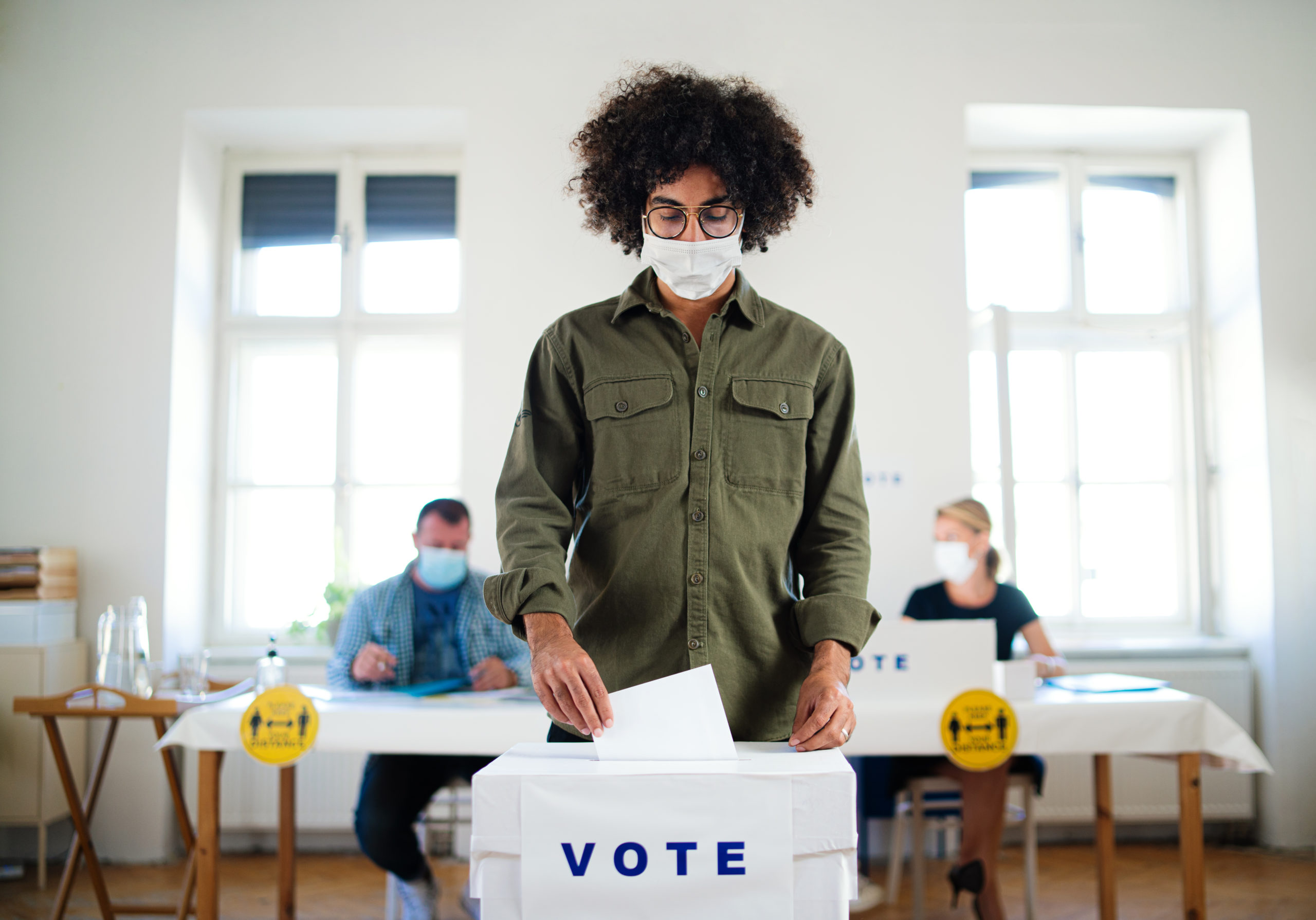This memo was originally written by the Disinfo Defense League (DDL) and published by their writers on August 27, 2020.
The COVID-19 pandemic has birthed a cottage industry of misinformation and disinformation. From phony cures to inaccurate information on how the virus spreads, people are receiving a vast amount of disinformation about the pandemic. Unsurprisingly, this is beginning to show up in harmful narratives around voting in the November election.
It is true that there have been cases, early in the pandemic, where voters and elections workers were infected because they were not able to observe social distancing and masks were not used. However, the medical community has provided better guidance about how to limit the chances of contracting COVID-19 — and critically, that includes a better understanding of how the virus is transmitted, which is almost exclusively when individuals are in close contact with an infected individual (and not, for example, through handling of objects by an infected individual — like mail, ballots, buildings, postal boxes, drop box locations, etc.)
As most people probably know, the voting rights community has been pushing for changes in how voting is administered in order to reduce the chances of voters getting sick; as well as to make sure voters feel ok about casting their ballots. Primarily this is vote-by-mail options, expanded early in-person voting, and enabling drop box locations for vote-by-mail ballots. These are now being attacked by bad actors because they allow for expanded voting by marginalized communities.
What we’ve seen before:
- A popular narrative over the past few months has been drawing a false equivalence between people exercising their right to protest and coronavirus safeguards, like voting by mail. Popular memes undermine the seriousness of the pandemic and the safety of voting by mail by saying “if you can protest or go to the grocery store, you can vote in person.”
- Confusion over mask mandates and how they interact with voter ID, as well as whether they are required or banned at the polls. There have also been rumors of temperature checks and other coronavirus restrictions at polls.
What we’re seeing now:
- Trump is now floating the idea that ballot drop boxes are sources of contagion.
- Misinformation about “senior hours” or disinformation about changes in time/place/manner of voting due to COVID.
What we might see:
- This idea may be further developed, with bad actors and other groups alike raising the concern of ballot drop boxes spreading contagion, as well as ballot collectors.
As we potentially face the dual threat of a “twindemic” this fall, it’s possible that narratives disingenuously invoking a risk of contagion in voting will continue to rise.
The Election Protection Stopping Cyber Suppression program is monitoring for these disinformation examples through our network, collecting them and analyzing them. We are happy to provide additional information to DDL groups on what we’ve seen.
The Election Protection coalition is working to produce and distribute inoculation content that provides voters with accurate information, gives them a heads-up that disinformation may be coming their way and directs voters to learn the rules for their state. Importantly, the rules for voting (including things like mail-in-ballot return deadlines and acceptable return processes) vary by state. What is legal in one state may be illegal in another, so “one size fits all” descriptions of your voting options are likely going to be wrong in at least some states.
This post was originally published on the COVID-19 and the Law blog.
